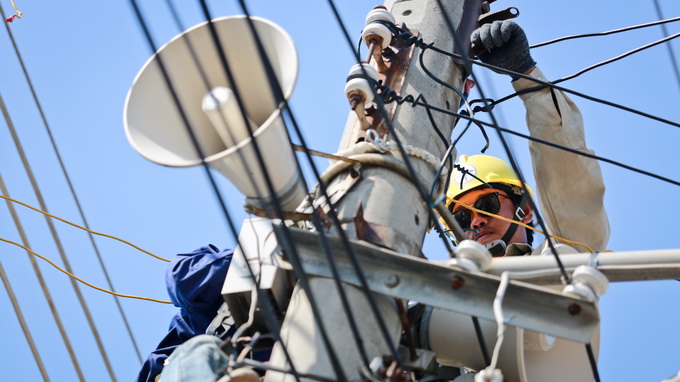Korea Electric Power Corporation (KEPCO), in which the South Korean government owns a 51 percent stake, has shared its intention to join the 1,600MW Long An 2 Thermal Power Plant in the Mekong Delta province of Long An, local media reported, citing the information from the Vietnamese Ministry of Industry and Trade.
KEPCO, which is responsible for 93 percent of South Korea's electricity generation, and its Vietnamese partner, Vinakobalt Long An Co. Ltd., have suggested being the build - operate - transfer (BOT) investors of the $3.17 billion project, news website VnExpress reported.
As a result, the ministry has proposed that the Vietnamese government add the Long An 2 Thermal Power Plant to the national thermal power development plan in the 2011-20 period, with a vision to 2030.
KEPCO, which is currently managing the electricity transmission in South Korea, is implementing 31 large power projects in 18 different countries, including the BOT 1,200MW Nghi Son 2 power plant in the north-central province of Thanh Hoa.
As designed, the factory, which will be built on a 133ha site in Can Giuoc District, Long An Province, will be fueled by coal imported from Australia or Indonesia, at around 3.5-4.5 million metric tons a year.
The plant, which is expected to come on stream in 2022 or 2023, will sell electricity at about 7.53 U.S. cents per kWh.
According to the current national thermal power development plan in the 2011-20 period, Long An will have only one large-scale thermal plant, a 1,200MW facility in Can Duoc District, by 2024.
The ministry said the province prefers a 1,600MW plant in Can Giuoc District, stating that it is a more favorable site to build on given the available cleared land and the provincial port planning, creating greater convenience for bulk freighters to transport coal there.
The Ministry of Planning and Investment has asked the province to clarify the need for an additional thermal power project besides the one available in the national plan.
Construction of the Long An 2 Thermal Power Plant is to be funded 20 percent by investors, while the rest will be borrowed, equivalent to the sum of $2.5 billion.
It is imperative that investors have the funding plan for the project to ensure its implementation on schedule, according to the finance ministry.
Like us on Facebook or follow us on Twitter to get the latest news about Vietnam!



















































